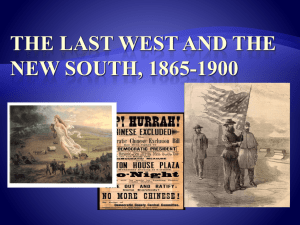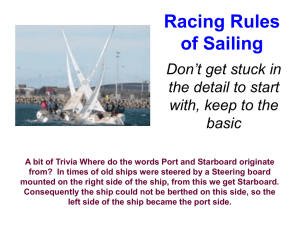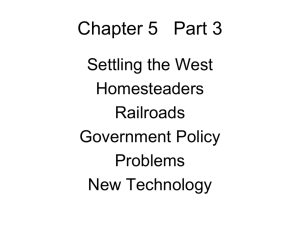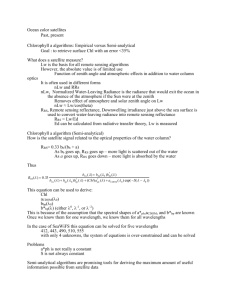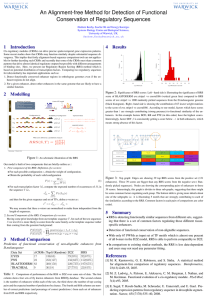File
advertisement
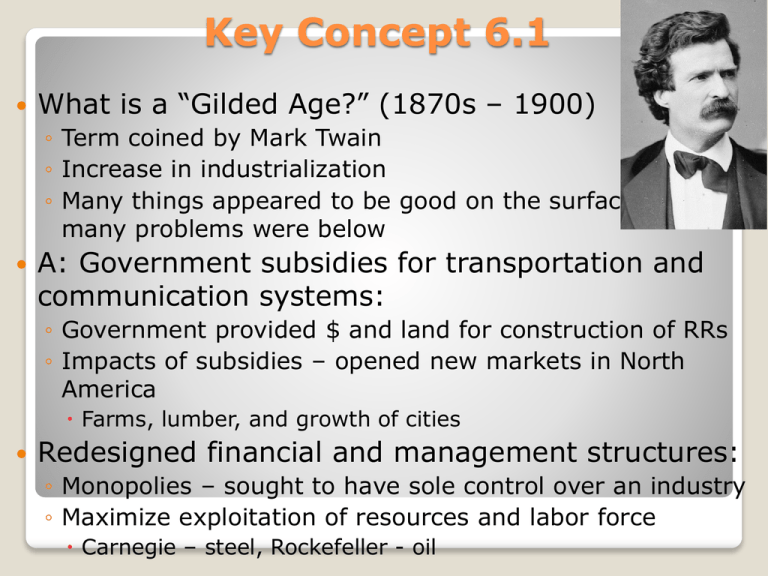
Key Concept 6.1 What is a “Gilded Age?” (1870s – 1900) ◦ Term coined by Mark Twain ◦ Increase in industrialization ◦ Many things appeared to be good on the surface, but many problems were below A: Government subsidies for transportation and communication systems: ◦ Government provided $ and land for construction of RRs ◦ Impacts of subsidies – opened new markets in North America Farms, lumber, and growth of cities Redesigned financial and management structures: ◦ Monopolies – sought to have sole control over an industry ◦ Maximize exploitation of resources and labor force Carnegie – steel, Rockefeller - oil Key Concept 6.1 I Cont. B: Businesses and foreign policy makers looked outside Trust = developed by US borders to gain influence and control in markets Rockefeller, several companies ◦ Pacific: Hawaii – calls for annexation in the 1890s (sugar) would sell their shares and American be ◦ Asia: Philippines – gained after the Spanish War under control one trade freely with 1899 – Open Door Policy in the China; US of could China executive board ◦ Latin America: American-owned sugar plantations in Puerto Rico C: Emergence of trusts and holding companies: ◦ Very powerful business organizations, controlled many aspects of industries ◦ How did business leaders defend their status? Social Darwinism – rich argued they were a result of natural selection D: “Conspicuous consumption” vs. relative poverty in cities and society ◦ Wealthy encouraged cities to spend $ on museums, libraries, etc. Elaborate houses, clothing, etc. ◦ Those living in poverty often lived in tenement houses Jacob Riis – How the Other Half Lives (1890) Key Concept 6.1 II A: Expansion of workforce: ◦ Internal migration: farmers moved to cities in increased numbers to work in factories ◦ Immigrants (across national borders): “New” Immigration – predominantly Southern and Eastern Europe; China as well ◦ Impact of workforce expansion? Diverse workforce, lower wages, more child labor Huge supply of workers led to lower wages B: Labor vs. Management: ◦ Battles over wages, working conditions ◦ Local and national unions emerged to confront businesses Knights of Labor – Terrance Powderly, skilled AND unskilled workers, women and African Americans; downfall was the Haymarket Square Riot American Federation of Labor – Samuel Gompers, skilled workers only; “bread and butter issues” C: The South had some areas of industrialization ◦ Leaders called for a “New South” – Henry Grady, editor of the Atlantic Constitution, called for increased industrialization in the South; textile factories began to appear in the South ◦ Sharecropping and tenant farming remained dominant Payment in land in the form of cash (tenant) or crops (sharecropping) Many African Americans were stuck as sharecroppers throughout the 1800s Key Concept 6.1 III A: Government agencies and conservationist organizations sought to extend public control over natural resources: ◦ U.S. Fish Commission – created in 1871 to promote and preserve fisheries in the US ◦ Sierra Club – founded by John Muir in 1892, advocate the protection of wild places on earth B: Farmer organizations to resist corporate control of agricultural markets: (RRs) ◦ The Grange (1860s): sought to bring farmers together to share techniques Hoped to elect state legislators favorable to their programs Granger laws – state laws that regulated RRs ◦ Southern Farmers’ Alliance: mostly a local organization Established stores and banks Excluded blacks….. ◦ Colored Farmers’ Alliance: Mostly in the Southern US Key Concept 6.1 III C: Creation of the People’s (Populist Party) ◦ Mostly farmers ◦ Causes: Growth of corporate power ◦ (RRs) – high rates often hurt farmers Economic instability ◦ Panics of 1873 and 1893 hurt farmers ◦ Goals: Political reform – direct election of senators; government ownership of RRs, telephones, and telegraphs Stronger government role in American economic system ◦ Graduated income tax; inflation of currency, :free silver”; abolishment of national banks D: Business interests vs. conservationists ◦ Establishment of national parks and other conservationist and preservationist measures National Reclamation Act (Newlands Act) – federal $ for construction of dams, canals, and reservoirs Park system grew under Teddy Roosevelt Roosevelt used executive powers to restrict development of land



